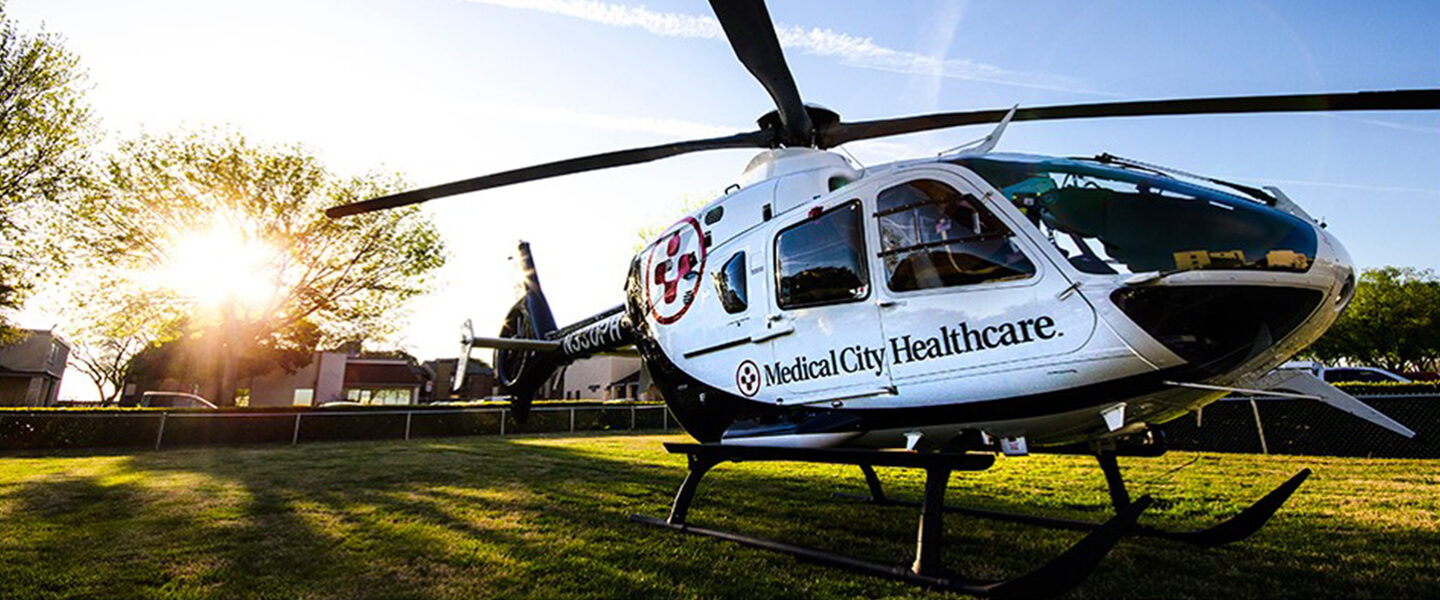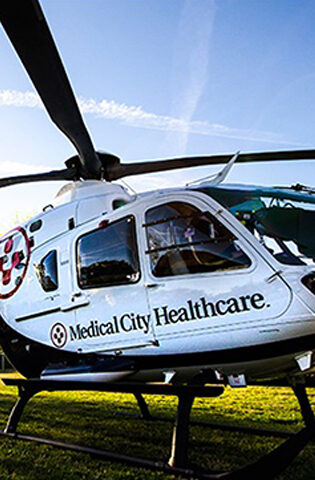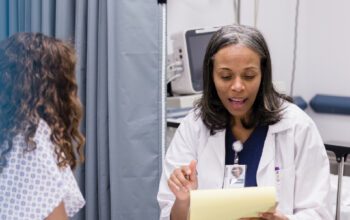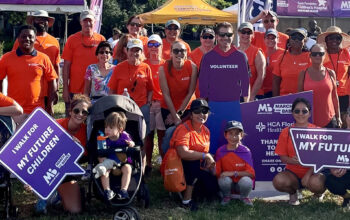The most vulnerable patients at Tulane Lakeside Hospital in Metairie, La. were also the youngest. Michelle Steinhardt serves as medical director of neonatology for Tulane Lakeside Hospital and Lakeview Regional Medical Center, a campus of Tulane Medical Center in Covington, La. She says the babies in the neonatal intensive care unit (NICU) were moved away from any windows. Soon, though, it became clear that they would need to be transferred to a different facility.
“With the NICU babies, the most immediate concern was the healthcare workers not having the drinking water and potable water for washing their hands, and infection risk,” says Steinhardt.
“NICU babies are very medically fragile,” she says. “We have to be careful about timing of being able to transfer them, and when they’re even potentially able to go home. The first seven days of life is their most critical stage, where they’re more susceptible to things such as brain bleeds or infections.”
Staff identified 17 babies, including 12 in the NICU, and five mothers that required transfer to Lakeview Regional Medical Center, a campus of Tulane Medical Center.
“Patients were already ready to go, loaded up — it was very quick,” says Chris. “The aircraft were staged, and we were all running in a pattern, so as soon as we picked up and left, another one was coming in for a pickup.”
“When you have babies who have been in a NICU for several days, weeks, even months, you really, really feel like they are part of your family,” says Jana Zimmerhanzel, inpatient nursing director at HCA Houston Healthcare Clear Lake in Webster, Texas. “And you get very protective of them.”
“Of course, [Lakeview Regional Medical Center, a campus of Tulane Medical Center, staff members were] there waiting to usher us in,” says Jana. “We were taking them from one home and putting them in another.”
That was exactly the plan. The arrival of the first baby “set everything into motion,” says Hiral Patel, Lakeview Regional Medical Center, a campus of Tulane Medical Center’s CEO.
“Teamwork and collaboration were at their greatest during those transports,” she says. “When we saw the Houston AirLife team land with that first baby, everyone on the ground was in complete awe of that moment, but also with such a great sense of responsibility.”
All 17 babies and the five moms were transported in less than 24 hours, without incident.




